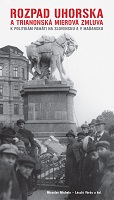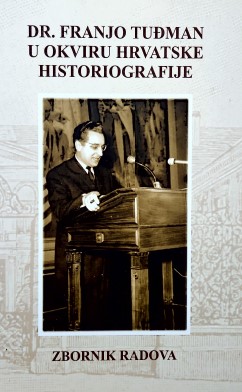
Recepcija krstjana u udžbenicima SR Bosne i Hercegovine i SFRJ
Textbooks that analyze sources are all, more or less, familiar with three of them: the escape of the banished heretics from the Dalmatian communes, Nemanja’s expulsion of Bogomils from Raška and the papal letter from Innocent III to the Hungarian king Emerik. These three sources were never questioned. Commonly accepted ideas include the belief that the Church of Bosnia was, among other things, widely accepted, that it catered to popular tastes and opposed Catholicism and Eastern Orthodoxy. The authors are exceptionally insistent and unequivocal in their claims. They never say: it is believed that, it is possible that... The works are deficient, without any detailed updating of the scientific references of that time. Some authors claimed that there were neither Catholics nor Eastern Orthodox Christians in Bosnia prior to king Tvrtko’s expansion of the borders. It should be noted that there are not many illustrations or maps, and that there are reproductions, questions, pictures and portions of the old texts missing. Bosnian textbooks usually wrote more about krstjani than the Serbian ones. They divided the subject into two teaching units and first discussed the history of the Bosnian state and then the teaching, position and significance of the Church of Bosnia. Krstjani are frequently mentioned in the later period, mainly their alleged involvement in taking over the Bosnian state from the Turks, which was clearly taken from a well-known text by Nikola Modruški. Practically none of the authors mentioned or left open the possibility of religious, lithurgical or ethnic continuity of the Bosnian state territory and lateantique Christian structures. All Serbian textbooks are printed in Cyrillics. To conclude, let us say that all the textbooks until well into the eighties emphasize the social dimension of krstjani, a rather meritorious medieval proletariat meeting the expectatations of the social system of the time.
More...
















